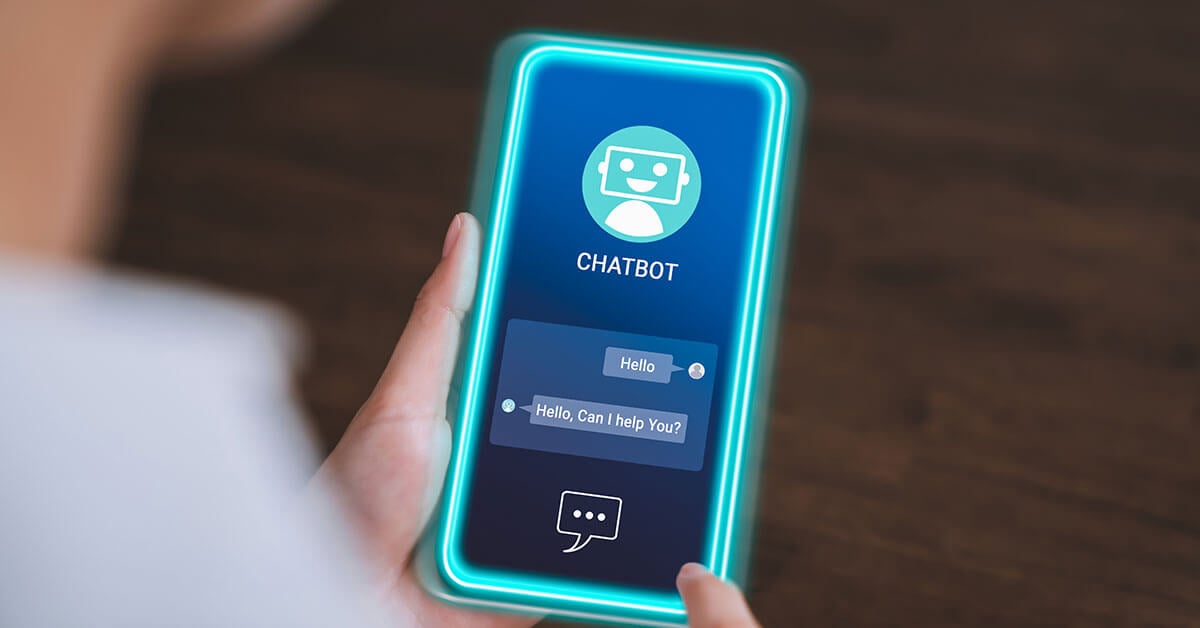Published : January 18, 2022
Table of Contents
Share this Article

If your business uses a chatbot, you will need to build a personality for it. To drive chatbot user adoption, and for a better CUX (Conversational User Experience), chatbot personalization is a key factor. The following are possible if your chatbot has the right personality:
The personality of your chatbot should mirror that of your company if it is built for a customer-facing function. Keeping the end-user in mind, it should be precisely tailored. Your customer experience as well as what your brand stands for are both represented by your chatbot.
Humans can be frustrated easily and are, overall, hard to please. So, at every stage of a conversation, the personality of your chatbot must be consistent. This starts with the greeting of your customer, running through the handling of questions, providing the information requested, and concludes with signing off on the conversation.
Let's design a chatbot personality in seven easy steps.
You must understand the persona of your target user to design the personality of your chatbot. What's the age group, demographic, and other key personality traits of the people who will be interacting with your chatbot?
Example: An adolescent-like persona (for the chatbot) may not be the best fit if the majority of your customers/end-users are between the ages of 25 and 40 years of age.
If your chatbot will be helping customers with time-sensitive actions, handling customer complaints, and conducting other serious conversations, it should be straightforward and efficient with responses and questions. In situations like this, the last thing you want your chatbot to do is to hand out witty or clever responses.
To successfully communicate your chatbot’s personality, a precise tone of voice may be in order. Across all communication platforms, the tone of voice should be maintained and consistent. That includes websites, marketing brochures, social media, etc. How the customer perceives a brand is established, in part, by the tone of voice of your chatbot.
With different regions, cultures differ. While in one country, a polite conversation may go one way… the same conversation in another country may not produce the same result. Perfectly acceptable words in one language might be offensive in another language. Rather than creating the personality of your chatbot at a global level, do it at a country or regional level.
When it comes to conveying your bot’s personality, the first message – the greeting – is a crucial element. It must convey the services offered and introduce itself. Remember that different personalities will be reflected in the opening conversation: i.e., "Greetings", "Yo", "Hi", "Hello", etc.
A reply must be offered by a chatbot even if a question is thrown at it that it doesn't expect or know the answer to. The chatbot should be capable of delivering non-intent responses such as, "Sorry, I didn't get that."
The way a human perceives a conversation can be positively affected if humor is injected into things like everyday social interactions. It helps with user engagement. With the assistance of NLP and machine learning, humorous expressions can be recognized (through training) by some chatbots. They can respond appropriately after assessing the user's mood.
Do you have questions about chatbots? Enterprise Bot can help.
Contact us today if you'd like to find out how our team can help your team. You can also email us at sales@enterprisebot.ai.
Dufourstrasse 22,
8008 Zurich, Switzerland
L-148, Bhive Workspace, 5th Main Road, HSR, Layout Sector-6 Bangalore 560102
42-44, Bishopsgate,
London EC2N 4AH
8 The Green Ste A
Dover, De 19901
Copyright © 2025, Enterprise Bot